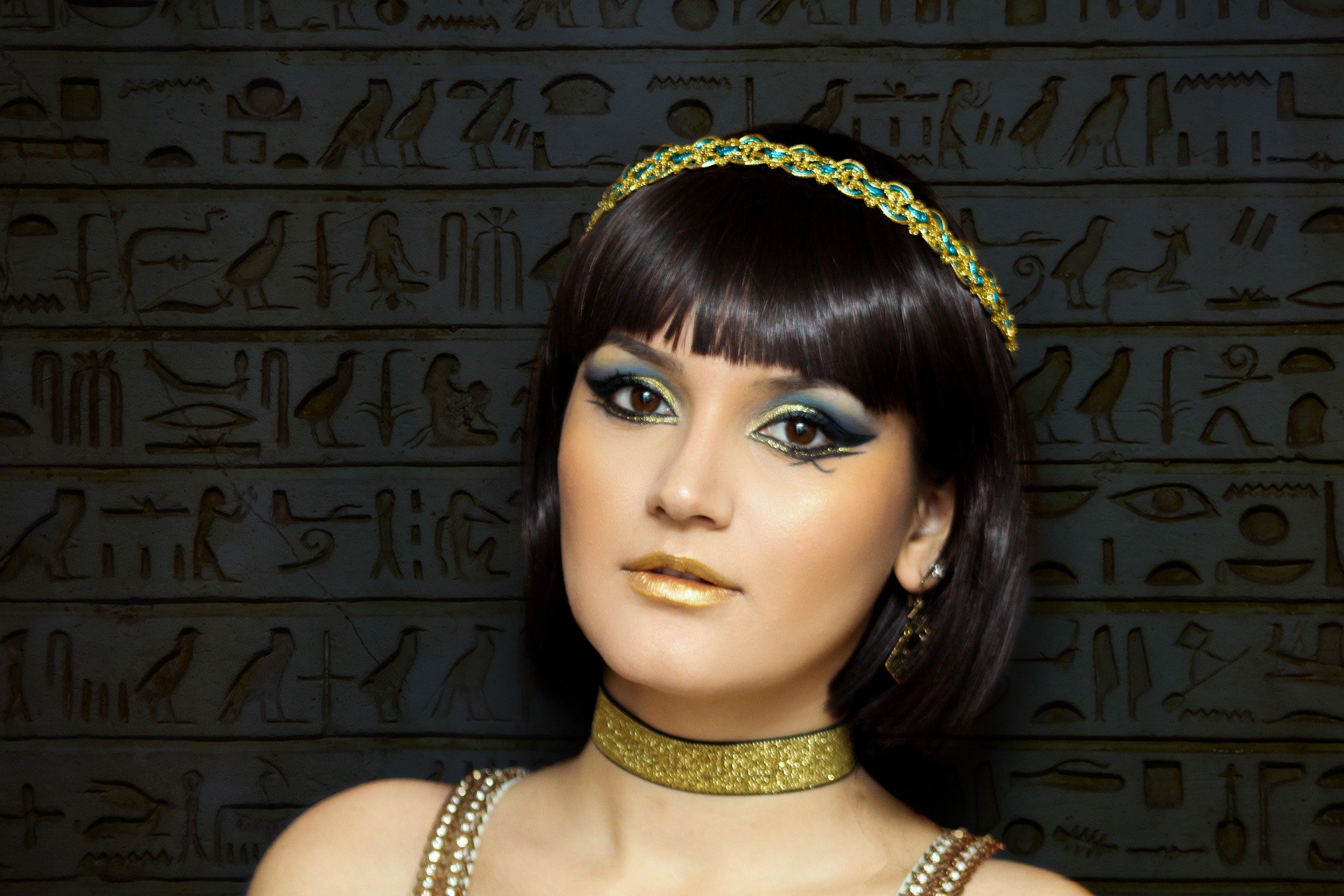Cleopatra – So Be It
February 23rd, 33 BCE. Canidius, a Roman General and Lieutenant of Cleopatra’s husband Marc Antony wishes to import 10,000 bags of wheat plus 5000 jars of wine. The only catch is he doesn’t want to pay tax on the imports. So he seeks the blessing of Cleopatra. So be it. γινέσθωι in Greek of the time. That’s all she scrawls on the bottom of the papyrus. Thus making it official. Canidius leaves happy, his wish granted.
Helps to have friends in high places.
Being prominent comes with perks. It can also backfire spectacularly. Just two years after Cleopatra signs her decree waving import tax, Canidius is on the losing side at the Battle of Actium. He is promptly executed.
One year later and Cleopatra herself will be dead. On the 10th of August, 30 BCE, she takes her own life rather than be used as a pawn by Octavian.
2000 Years Later
The papyrus in question is discovered by chance in Berlin. Archaeologist Peter Van Minnen is searching through the archives when he happens upon it. At just 30 cm long and 50 cm wide it is not much more than a scrap of a document. But the reason this scrap is so special is precisely because of Cleopatra’s scrawl at the bottom. The only surviving example of her handwriting. Yes, you read that right. So be it, the order given in 33 BCE
Incredibly, the papyrus had been reused to wrap a mummy. One which has then been excavated by a German archaeological team in 1904. And then ignored until its discovery in the year 2000,
Cleopatra So Be It


It has to be one of the most fascinating discoveries in history. Cleopatra is a legendary figure whose entire life is known and poured over. Even now, over 2000 years later you would be hard pressed to find anyone on the planet who was not aware of her. She’s probably more well known now than during her reign as pharaoh. However, never before had we seen her handwriting. Until now.
How do we know its her handwriting?
It’s a good question. As Duane Roller in Cleopatra: A Biography states, “There is little doubt that this is the writing of the Queen herself as there was a tradition in Ptolemaic Egypt of countersigning by the monarch, in part to avoid forgeries.”
This is the general consensus between archaeologists such as Peter van Minnen (who discovered it) and while we can never be 100% certain, it gives weight to the fact that what we are looking at was actually written by none other than Cleopatra herself.
Lastly, it turns out Cleopatra can’t spell! γινέσθωι is the order given (so be it). However, as detailed in Cleopatra couldn’t spell (and neither can we!) by Steve Reese, she added a superfluous iota (the i type letter at the end).
The papyrus is now housed in the Neues Museum in Berlin.
